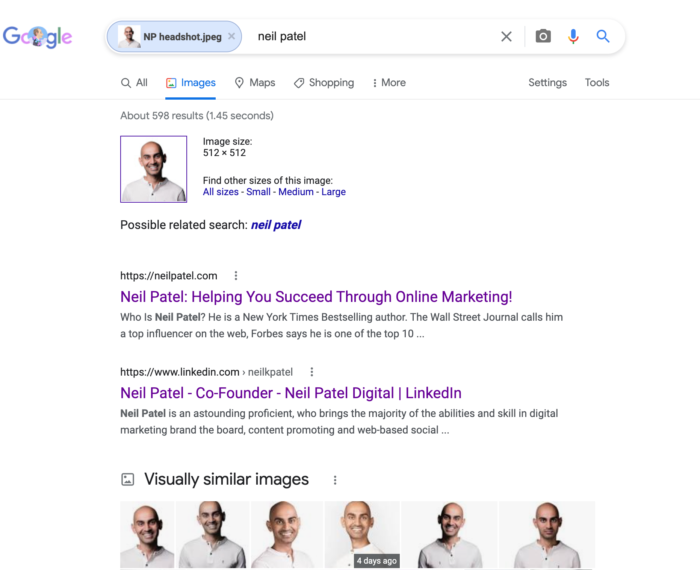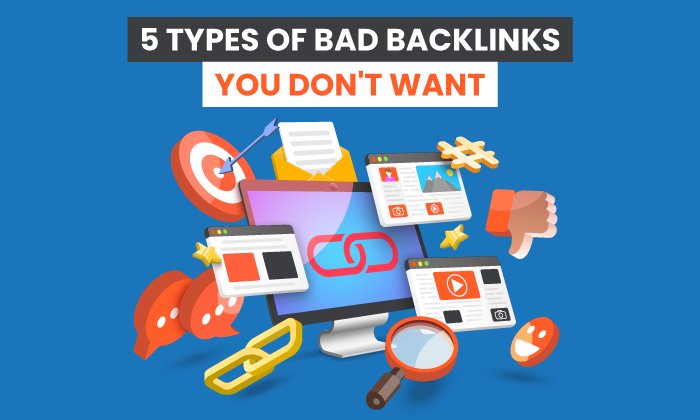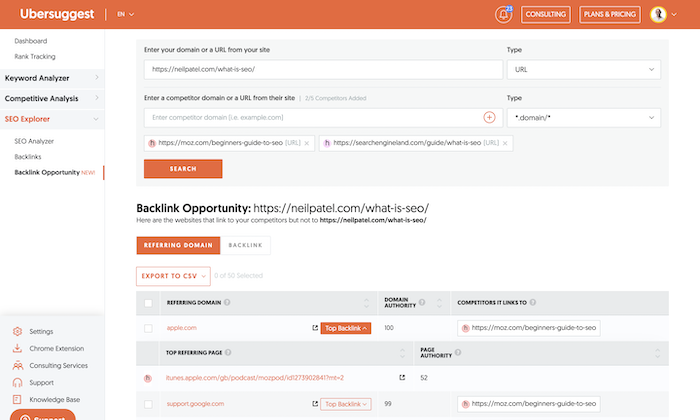How to Use Reverse Image Search For Competitor Research

By Neil Patel
What do backlinks, reverse image search, and your business have in common?
Your bottom line.
Sure, you can blog until you have hundreds of posts on your site, but it takes time.
Can your business afford to wait? Probably not.
This is where a backlinks strategy comes in. Not only can it help with boosting your domain authority (DA), but it could expose your business to a new audience who may want to buy from you if you target the right sites.
How do you find these sites? Reverse image search. When done correctly, you can use it to snoop on your competitors and find the backlinks boosting their DA and profits.
Here’s how to turn their backlink success into yours.
What Is Reverse Image Search?
A reverse image search uses an image in place of a text-based query.
All you need to do is upload an image onto a search engine, and you’ll get a list of information. These details usually include:
- file type
- source of the original image
- image size
- other sizes of the same image
- websites using the image
- related images
While many people use reverse image search to check if someone is stealing their content, it’s a powerful tool in the hands of a savvy digital marketer.
I’ve used reverse image search to grow my backlinks by 26 percent, but it can do so much more than find unclaimed backlinks. When done right, it can give you the upper hand over your competitors while growing your authority.
Why Would You Use a Reverse Image Search for Competitor Research?
Backlinks.
Using reverse image search on your competitors is one of the best link-building strategies most people skip.
Not having any backlinks is a reason more than 90 percent of websites don’t get traffic from Google.
By uploading a photo of a competitor’s headshot or company logo, you can see at a glance where their inbound links are coming from and start building a list of backlink opportunities.
Why is this important?
Backlinks are a valuable Google ranking factor. The search engine uses links from other sites as a vote of confidence.
According to a study by Backlinko, the site holding the #1 spot on Google has, on average, 3.8x more backlinks than those in positions two through 10.
By analyzing where your competitors are getting links, you can determine what sites are helping grow their authority and get a slice of the pie for yourself. Getting those backlinks could help grow your traffic, build your authority, and potentially one-up your competitor.
For example, let’s say you’re competing with me. If you reverse image search my headshot, you’ll see results like these before the fold:

When you scroll down past this, you’ll see a few more pages:
Source:: Kiss Metrics Blog










